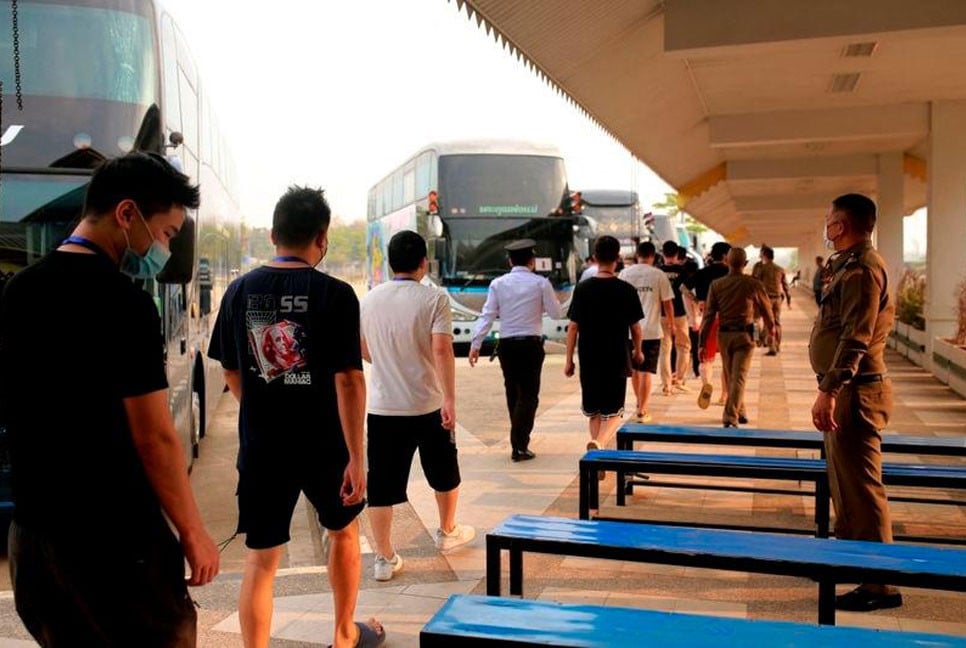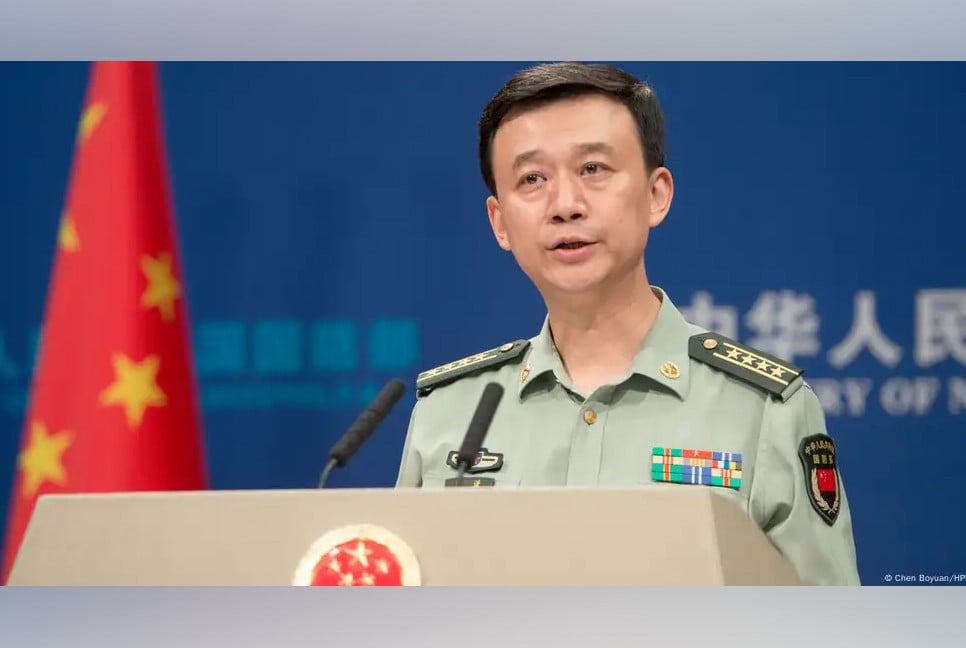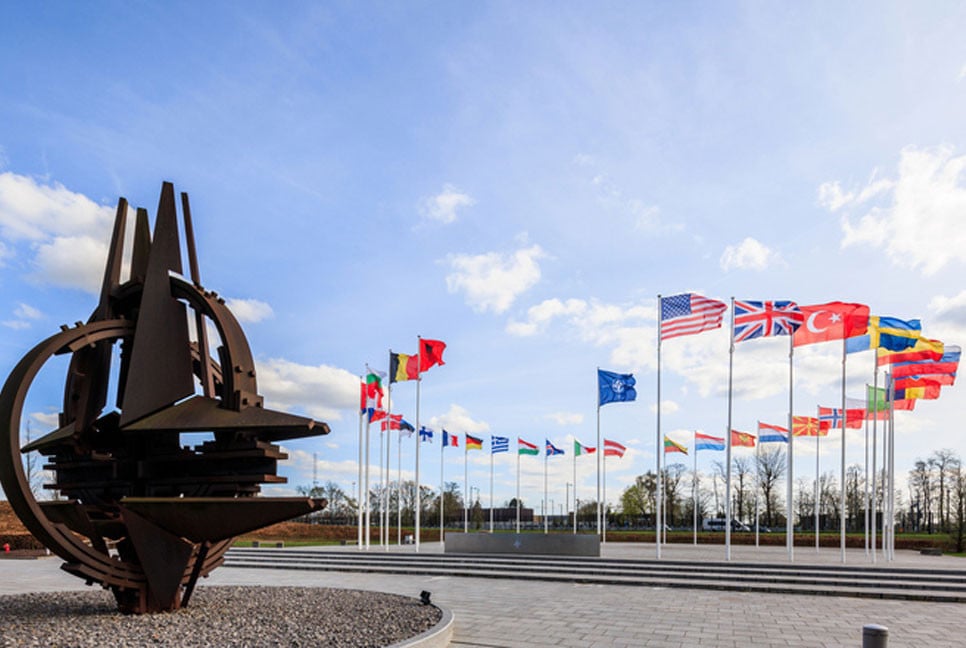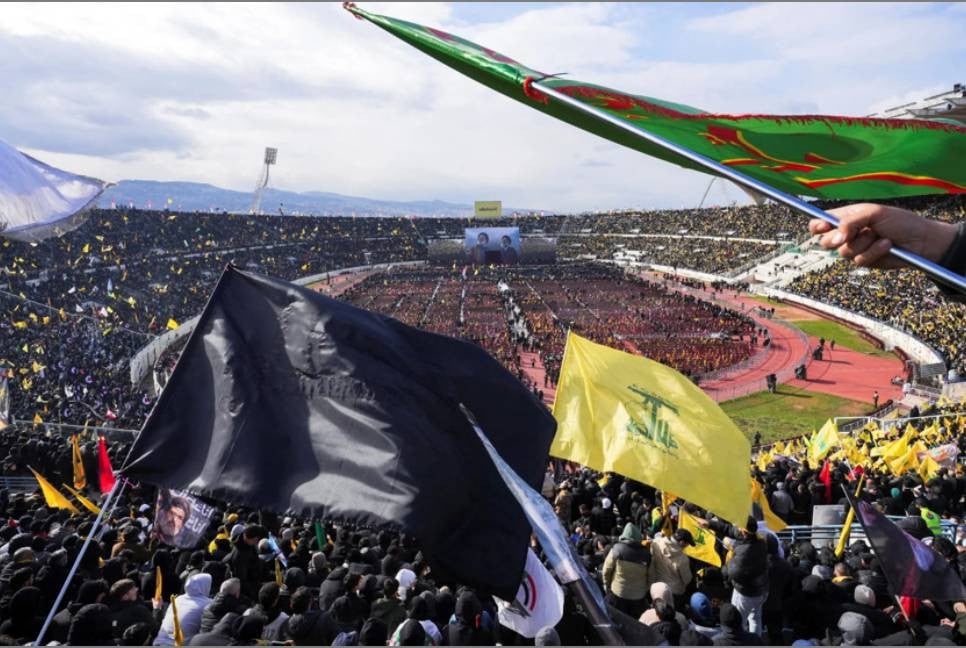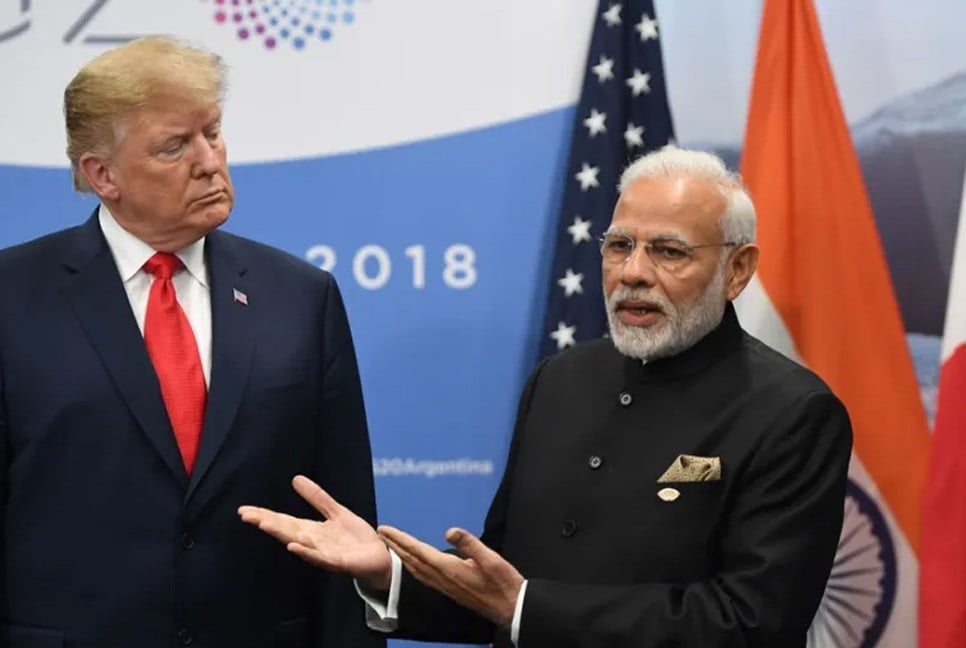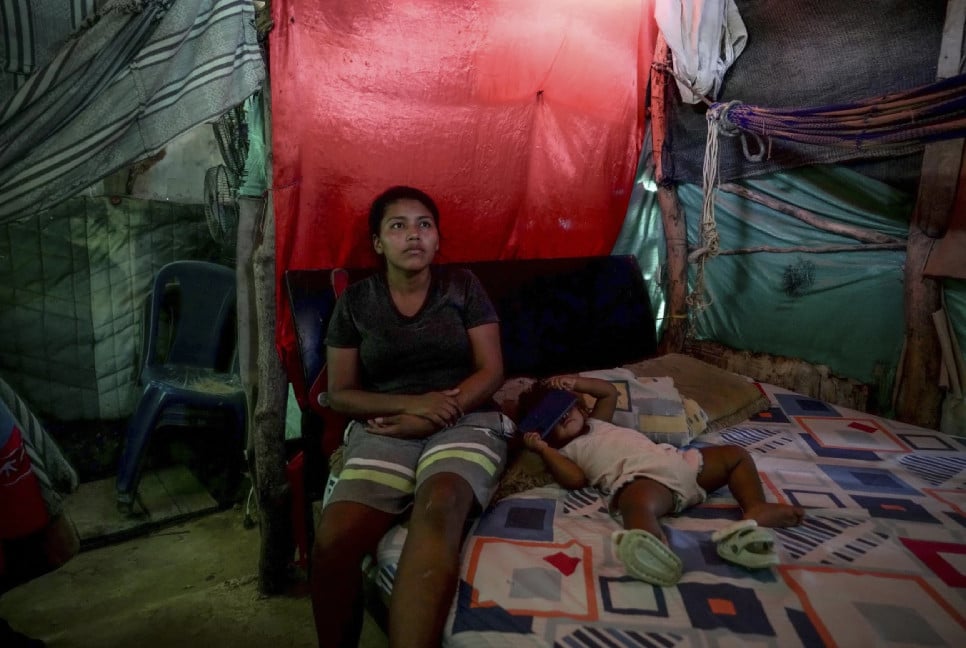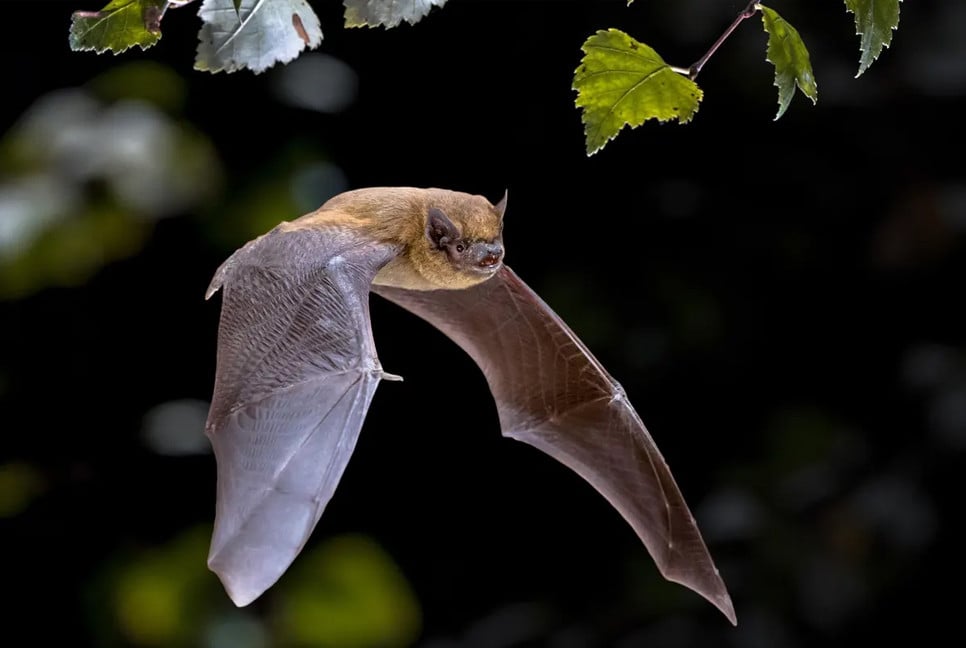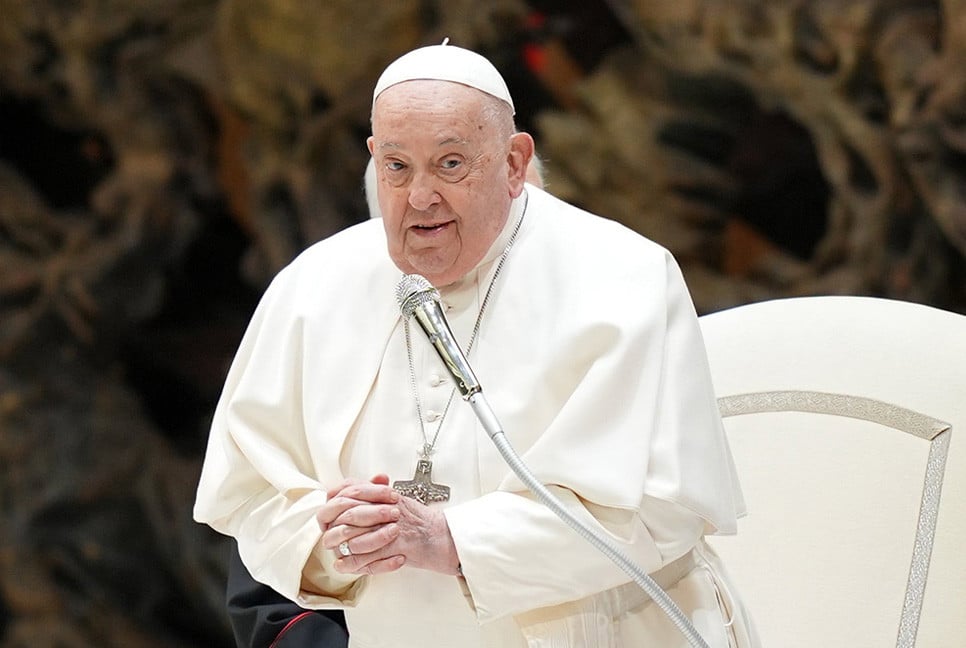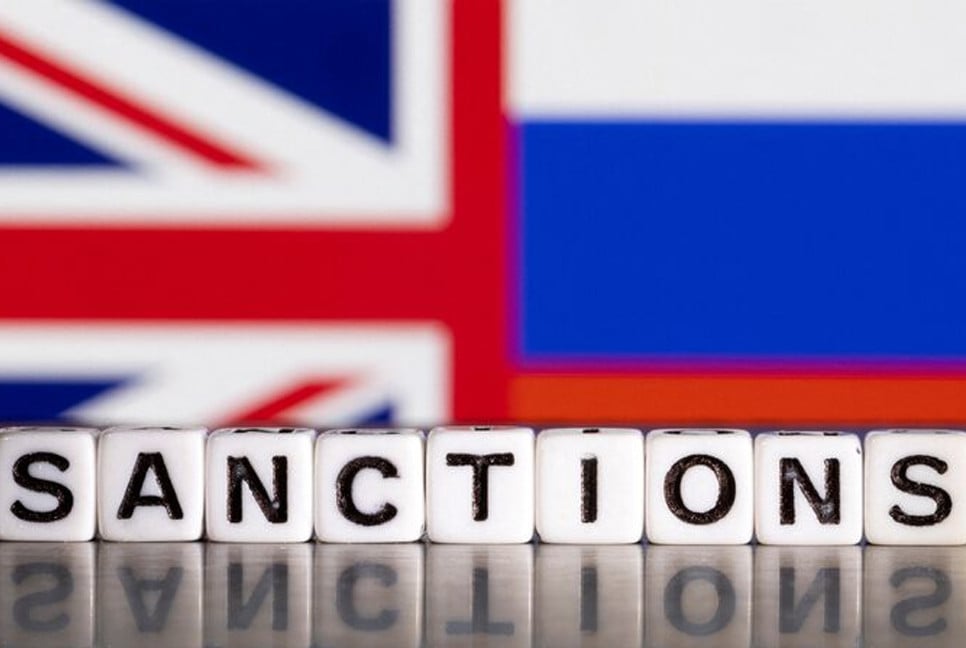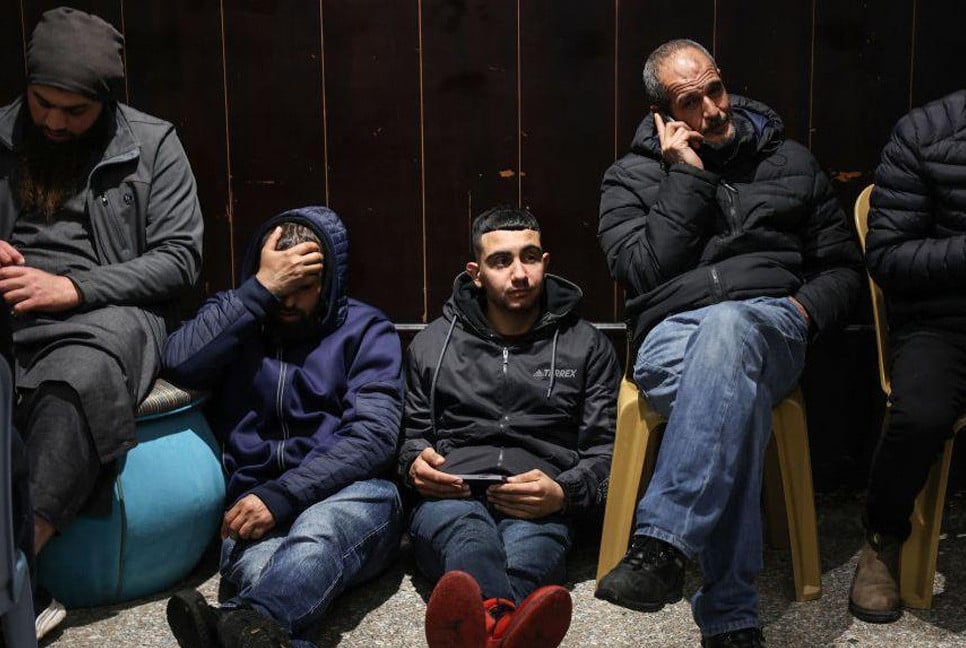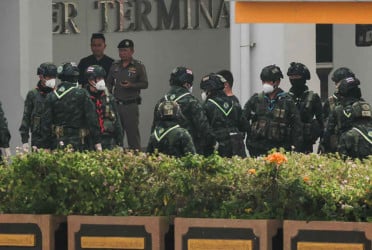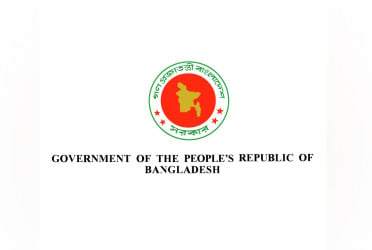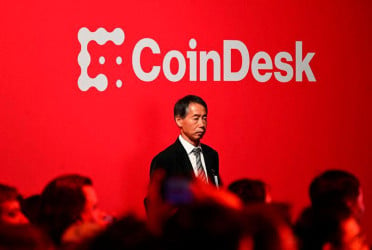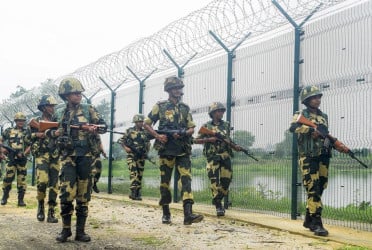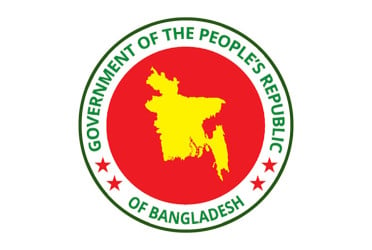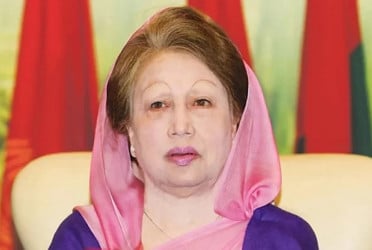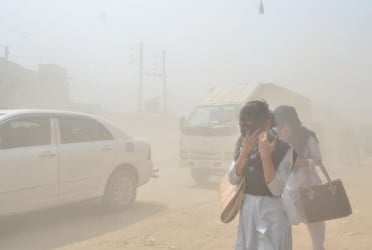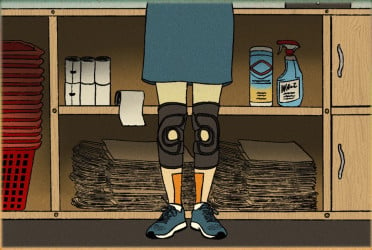Internet-user Chinese protestors and government censors have been engaged in a cat-and-mouse game to control the narrative around the country’s anti-“zero COVID” protests, reports Al Jazeera.
Protests began in Urumqi, the capital of the far-western Xinjiang region, on Friday following the deaths of 10 people in an apartment block fire and spread over the weekend to major cities including Beijing, Shanghai, Nanjing, Wuhan and Chengdu.
The protests in Urumqi erupted after footage posted on social media showed fire trucks spraying water from too far away to reach the apartment building, with internet users claiming authorities could not get closer due to pandemic barricades and cars that had been abandoned by people who had been quarantined.
Videos and photographs of the protests quickly circulated on Chinese social media platforms such as WeChat and Weibo, where they received tens of thousands of views before being deleted by government censors.
The acts of defiance shared online included scenes of people tearing down barricades, calling for the resignation of Chinese President Xi Jinping, and holding up blank white pieces of paper as a symbol of protest.
By Monday, Chinese social media appeared to have scrubbed searches for protest hotspots like “Xinjiang” and “Beijing”, while posts with oblique phrases like “I saw it” – a reference to an internet user having seen a recently deleted post – were also censored.
Many posts documenting the protests have already jumped China’s Great Firewall with the help of virtual private networks (VPNs) and have been shared on popular Western platforms such as Twitter and Instagram, which are officially banned in China.
“Beijing appears to be using the same tactics of censoring Chinese social media based on keywords – however, the amount of information that is getting out past the Great Firewall is definitely noteworthy,” Stevie Zhang, associate editor of First Draft News, a non-profit dedicated to combating online misinformation, told Al Jazeera.
Bd-pratidin English/Lutful Hoque


